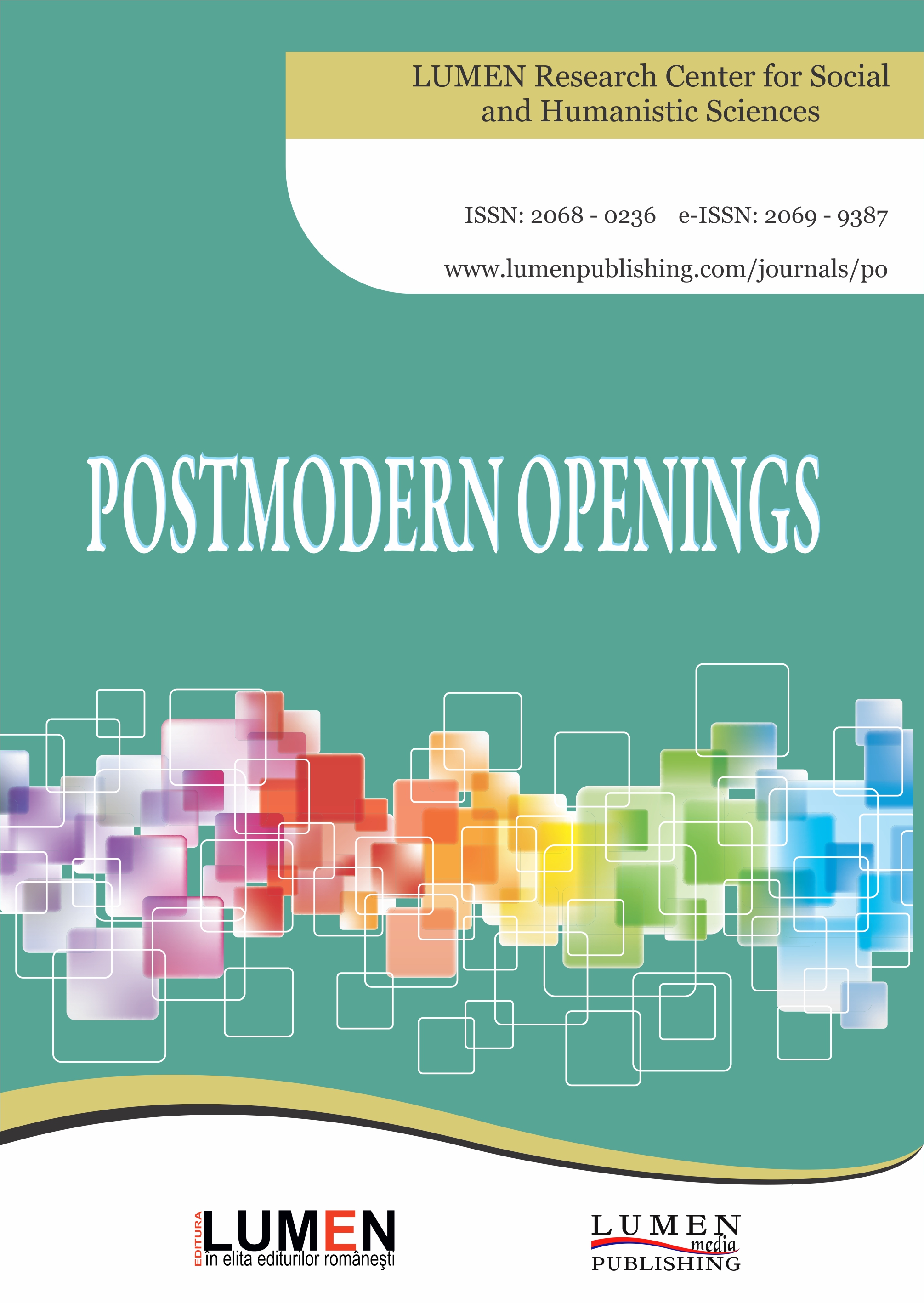Multi-scale Machine Learning Prediction of the Spread of Arabic Online Fake News
Multi-scale Machine Learning Prediction of the Spread of Arabic Online Fake News
Author(s): Fatima Aljwari, Wahaj Alkaberi, Areej Alshutayri, Eman Aldhahri, Nahla Aljojo, Omar AbouolaSubject(s): Social Sciences, Communication studies, ICT Information and Communications Technologies
Published by: Editura Lumen, Asociatia Lumen
Keywords: Arabic fake news; machine learning; naive bayes; logistic regression; random forest; TF-IDF;
Summary/Abstract: There are a lot of research studies that look at "fake news" from an Arabic online source, but they don't look at what makes those fake news spread. The threat grows, and at some point, it gets out of hand. That's why this paper is trying to figure out how to predict the features that make Arabic online fake news spread. It's using Naive Bayes, Logistic Regression, and Random forest of Machine Learning to do this. Online news stories that were made up were used. They are found by using Term Frequency-Inverse Document Frequency (TF-IDF). The best partition for testing and validating the prediction was chosen at random and used in the analysis. So, all three machine learning classifications for predicting fake news in Arabic online were done. The results of the experiment show that Random Forest Classifier outperformed the other two algorithms. It had the best TF-IDF with an accuracy of 86 percent. Naive Bayes had an accuracy rate of 84%, and Logistic Regression had an accuracy rate of 85%, so they all did well. As such, the model shows that the features in TF-IDF are the most essential point about the content of an online Arabic fake news.
Journal: Postmodern Openings
- Issue Year: 13/2022
- Issue No: 1 Sup. 1
- Page Range: 01- 14
- Page Count: 15
- Language: English

